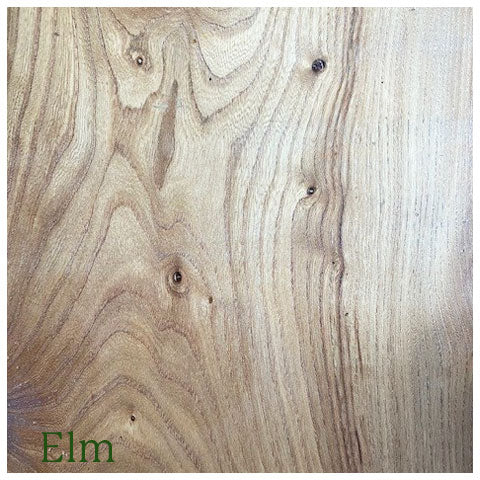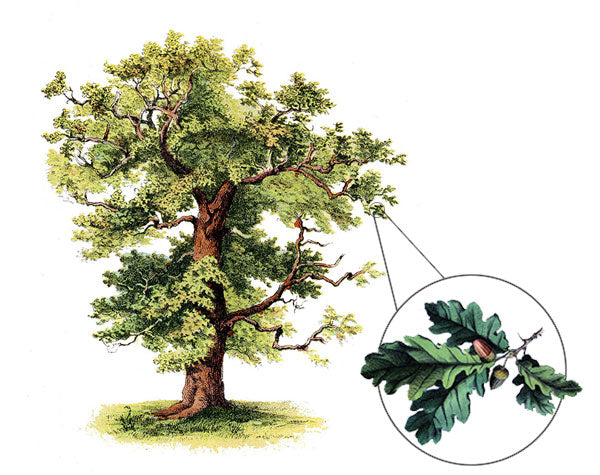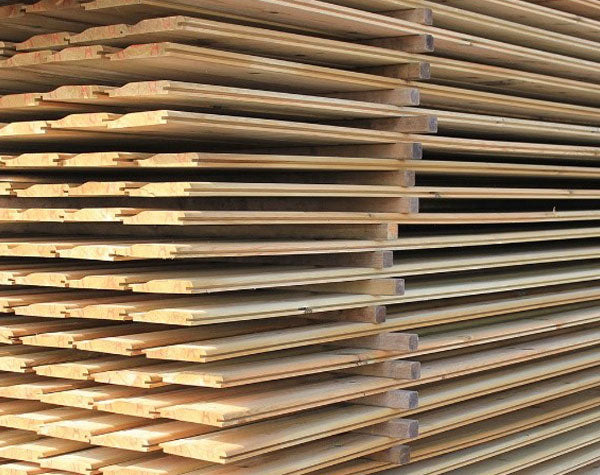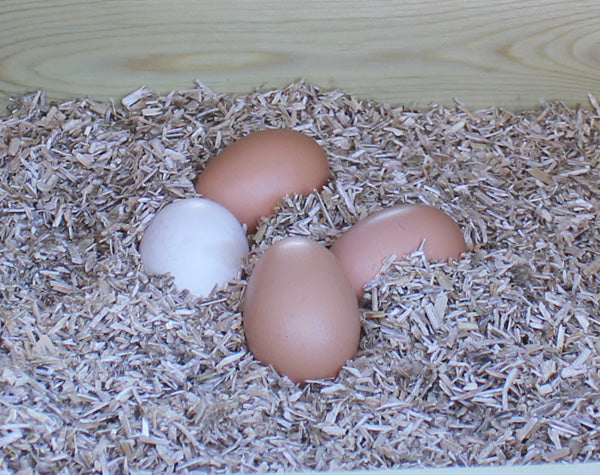What is the difference between Hardwood and Softwood?
The names simply define which type of tree the timber comes from. A Hardwood would be from deciduous (angiosperm) trees, broad-leaved trees that lose their leaves each Autumn, and a Softwood comes from evergreen (gymnosperm) trees that do not shed their needles in the winter.

The name does not define how strong the timber is, it is just which type of tree they come from.
Scots Pine is a Softwood; Beech is a Hardwood.
However - just to confuse things - not all deciduous trees are hardwoods and not all coniferous trees are softwoods. Equally, not all conifers are evergreens e.g. Larch, Cypress.
The name Conifer just means ‘cone bearer’, they produce cones as a container for their seeds rather than flowers. And, some broadleaf evergreens are not conifers because their seeds are contained in flowers e.g. Holly, Azalea. For the purpose of this article though, I will generalise.
Softwoods
Softwoods are from coniferous trees such as pine, spruce, larch and fir. These evergreen trees grow quickly when compared to hardwoods and are less dense with a simple cell structure.

Most coniferous forests are found in the northern hemisphere (known as Boreal Forests or taiga biome), where they have long winters and wet summers e.g. Scandinavia, Russia, and Canada. Conifers growing in The Boreal Forest are slow-grown and are denser than those grown in temperate climates.
Softwoods are used commercially for all kinds of construction, sheds and outdoor furniture. This is because they tend to grow straighter, and faster, can easily be dried for processing, are easier to work with and are therefore less expensive. Of all the wood consumed globally around 80% is softwood timber.
Hardwoods
Hardwoods are from trees like Alder, Elm, Oak, Beech, and Ash. These are all native to the UK and used for furniture, tools, and cabinetry.

I should also mention the stunning African hardwoods like Iroko, Sapele, and Zebrano. These are very attractive and highly sought after by designers for luxury furniture, flooring and panelling.
There are about a hundred times more types of hardwood trees than there are softwood trees, and these are grown in temperate and tropical regions around the world.
They grow far more slowly than softwood trees and are typically more complex in their cell structure. They are strong, durable, and have a much nicer grain so are selected for furniture making, timber frame buildings and boatmaking.
Which wood is the best for outdoors?
Once processed, softwoods tend to degrade and decay faster than hardwoods when exposed to the weather and water. Softwoods are perhaps more prone to wood-boring insects and fungi so need extra protection.
 Some softwoods, like Scandinavian Redwood, contain a natural tannin that repels insects, but other Whitewoods are more prone without treatment. See our information page on Redwood versus Whitewood.
Some softwoods, like Scandinavian Redwood, contain a natural tannin that repels insects, but other Whitewoods are more prone without treatment. See our information page on Redwood versus Whitewood.
To avoid any decay setting in, when softwood is used for outdoor purposes, it would need to be treated with a tanalith-type preservative. This does not make the timber waterproof but does protect against insects and fungi-causing bacteria. Equally, you can use paint or apply a waterproof protector to prolong life.
Hardwoods, although more expensive, are less likely to need preservative treatment so can be used indoors and outdoors. However, for prolonged use outdoors, most timbers would benefit from a protective coating.
Further reading
Now you've read about Hardwoods and Softwoods, why not visit our information page for Timber Facts, Figures, Hints and Tips, or, read all about Knots in Timber. Maybe, if you are considering a Log Store for your Woodburner or Fire, you could also look into How to Buy and Season Firewood.
Click this link to our Dorset Log Stores range and visit our Blog page about which trees make the best firewood.
© Flyte so Fancy (OutWoodly) 2022. Author: Anne Weymouth (Director, Flyte so Fancy Ltd). To find out who we are, visit our About Us page.



